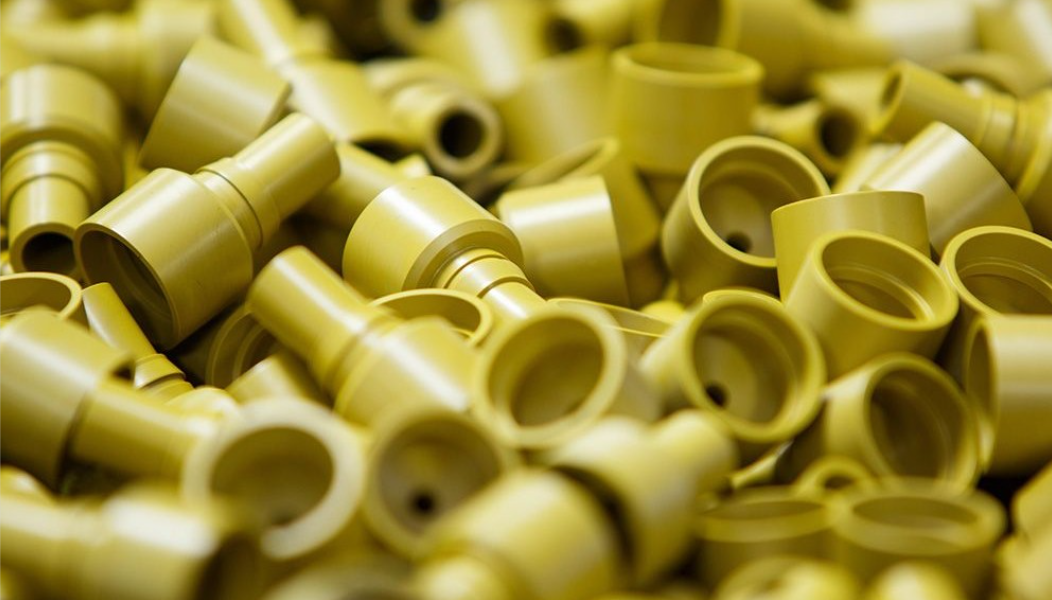Designing a product and manufacturing a product are completely different processes, and these differences become apparent once the design is in place. So now DFM has become an important part. The team that designed the product either didn’t think about it didn’t know about it, or probably didn’t care how it was going to be made and assembled. It is left to the manufacturing team to “fix it” or “finish it”. In the end, the company that sells the product and the customer that buys it will have to pay for the oversight. So now product engineers can no longer design parts just for fit and function. Product engineers should also understand the manufacturing process and incorporate these parameters into their designs to ensure good parts production.
Cost reduction:
Seventy to eighty percent of a product’s manufacturing cost comes from design decisions such as materials and manufacturing methods. The remaining 30% of the cost constitutes production decisions, such as process planning and tool selection. In order to control costs, it is crucial to start thinking about how to produce your product before you start production. DFM allows products to be designed in a way that is easy to process and mass produce. Consider using DFM from the beginning of the product development cycle, and DFM takes into account manufacturing-related guidelines and limitations, which means that if you follow these factors, you can reduce redesign effort, improve product quality, and speed up product time-to-market. Your product will be easier to build and less expensive.
Improve quality:
In DFM, iteration is bidirectional. Work with plant staff to iterate and improve your design, as they often experience many production problems firsthand. This will result in a quicker, more effective solution, and a mutually satisfactory outcome. In this way, the product can be well transferred to production facilities and the finished product can meet the quality expectations.
Limiting delays:
Another important reason to use DFM is to maximize product development time. Building a product is a process that takes a long time and can easily run over schedule. Once the product is ready to be built, any iteration of the design, whether done by the factory or the product designer, will add significant time. In addition to any frustration caused by the revision of the product, additional time will be spent on formal approval and updating of supplementary documentation. The further the product goes through the development cycle, the higher the cost of making any changes.
About us:
RJC is a manufacturer from China, was founded in 2002. Our slogan is “Rapid, Joyful and Creative”. Our services include:
1) In-house production molds (Plastic & Die-casting)
3) Exported molds (deliver molds to overseas for molding locally)
4) Rapid prototype ( 3D printing, machining & Vacuum Casting)
5) Precision CNC machining ( Milling & Turning)
6) Silicone components (LSR & Compression)
7) Sheet Metal
8) Post-processing ( painting, plating, printing, anodizing, chroming, etc…)





